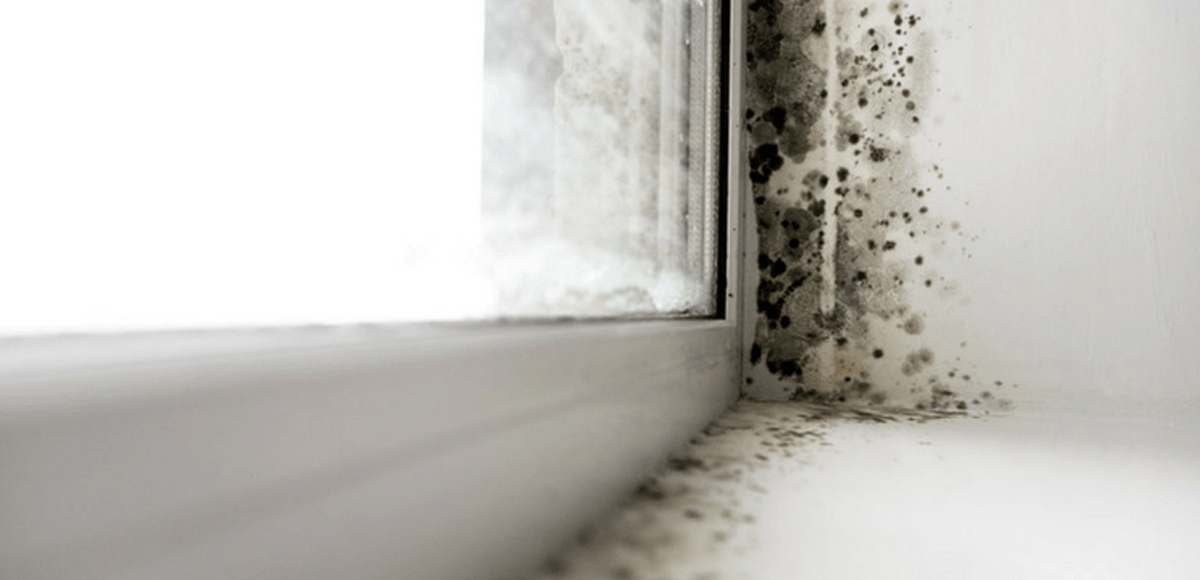
Mould vs Mildew: What’s the Difference?
What’s the difference between mould and mildew? The short answer is that they’re basically the same. They’re both potentially hazardous for your health, they’re both types of fungal spores that grow in moist environments and on walls, furniture, etc.
The longer answer is that there are noticeable differences between mould and mildew. This matters most when it comes to taking action against the fungi and eradicating it from your home.
Mould vs Mildew
The easiest way to tell the difference between mould and mildew is by its colour. Mildew tends to be of a white, greyish colour whereas mould tends to be black or green.
There are over 10,000 varieties of mould and mildew fungi, but some of the most common ones found in Australian homes are as follows:
Altenaria: black, grey, or dark brown.
Aspergillus: yellow, green, white, black, grey, or brown. A very common type of fungus.
Cladosporium: black or dark green. Tends to grow on furniture and fabrics.
Penicillium: blue or green. Emits a particularly foul odour.
Stachybotrys Chartarum: also referred to as ‘black mould’, this black fungus is especially toxic to humans and should be addressed immediately.
You don’t need to be a fungologist to understand that mould and mildew pose a potentially serious hazard to humans, affecting our respiratory systems, allergies, and triggering asthma attacks.
How to Detect Mould and Mildew
There are three main ways of detecting mould and mildew within the home:
Visual inspection;
Non-destructive testing;
Air quality testing.
It’s best if you perform these tests in order. Thus, a visual inspection involves looking around the home for the source of the mould or mildew. As mentioned, it’s visibly coloured spots or ‘stains’ on the walls, furniture, under sinks, etc.
Once you’ve found the source of the mould (or are still yet to find it), infrared cameras can reveal mould and mildew efficiently. Mould remediation experts use infrared equipment to detect differences in heat signatures on surfaces, which can be helpful in finding mould infestations in places you may not have visually inspected yet.
After performing the first two tests, an air quality test can reveal just how bad the mould has gotten and notify the homeowner of the risks to their health by exposure to the fungal spores.
How Can I Remove Mould or Mildew?
Most mildew varieties can be rather easily (and safely) scrubbed off with some cleaning product and a brush. Be sure to be thorough about it, though, because leftover spots can fester and grow anew if neglected.
Mould, on the other hand, can be a real pain to remove. Bleach and harsh chemicals, along with some rough scrubbing, can remove smaller spots of black mould, but it’s also dangerous. By scrubbing at the spores, airborne particles are released which can cause further health problems. Treat black mould very seriously.
The Victoria State Government has more information regarding mould remediation if your home has suffered for water damage, so it’s a great resource to look up. Although they recommend you take action within about two days after your home has been flooded, Floodcare recommends you contact a water damage restoration expert and consult with them immediately so you can take action in a safe and timely manner.
Floodcare
Water damaged carpet is a perfect breeding ground for mould. If your carpet has sustained water damage, contact Floodcare for immediate remediation.
 Skip to content
Skip to content

